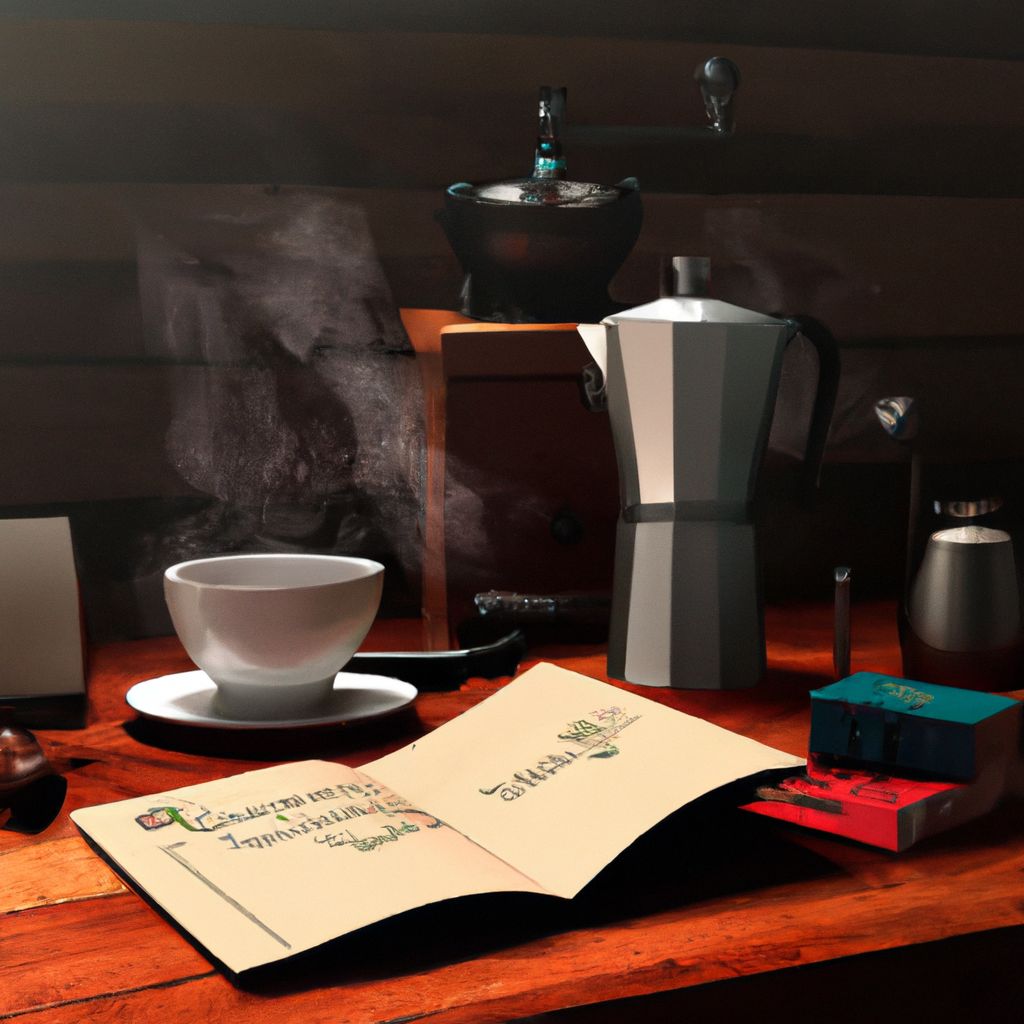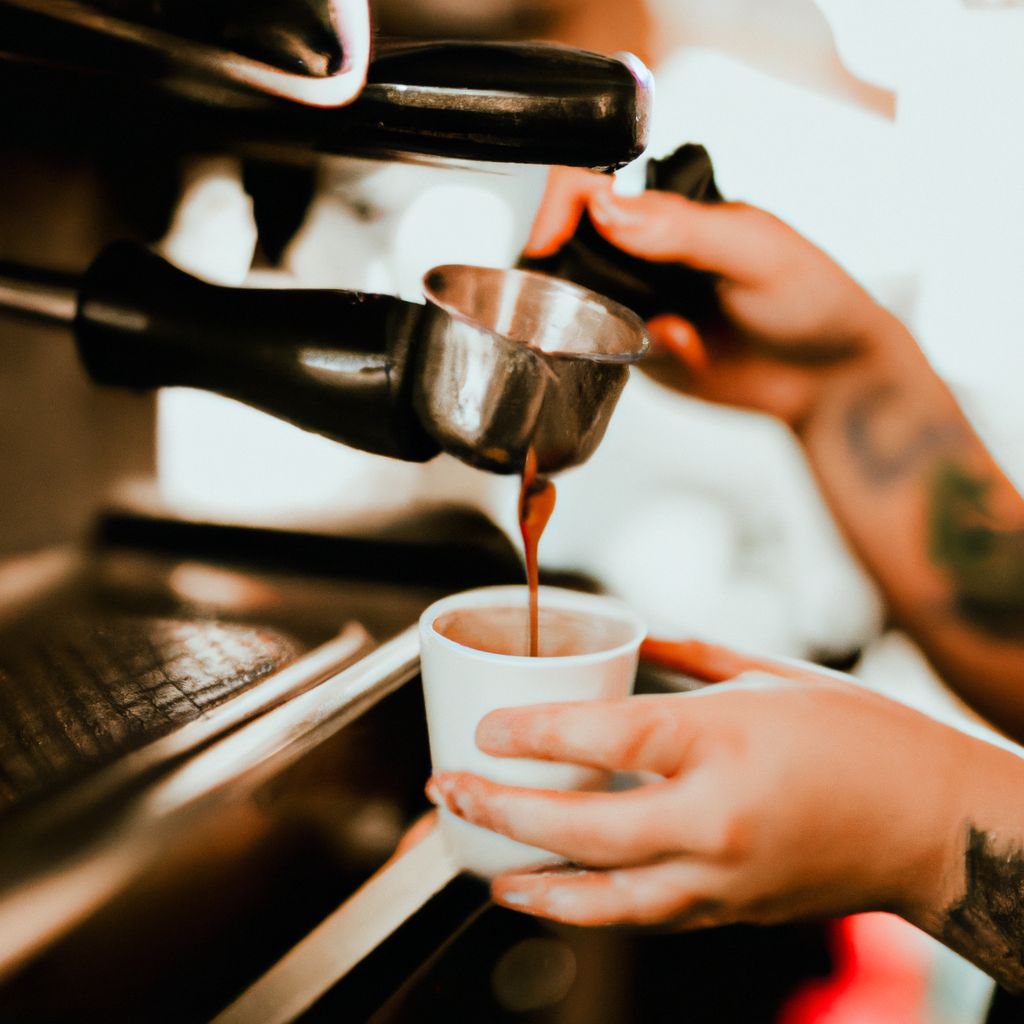- Understanding Coffee Brewing
- Exploring Different Coffee Brewing Methods
- Guide to Choosing the Right Coffee Beans
- The Science of Coffee Grinding
- Water Quality and Temperature in Coffee Brewing
- Mastering the Perfect Brew: Tips and Techniques
- The Role of a Barista in Coffee Brewing
- Conclusion: The Journey to Mastering Coffee Brewing
Understanding Coffee Brewing
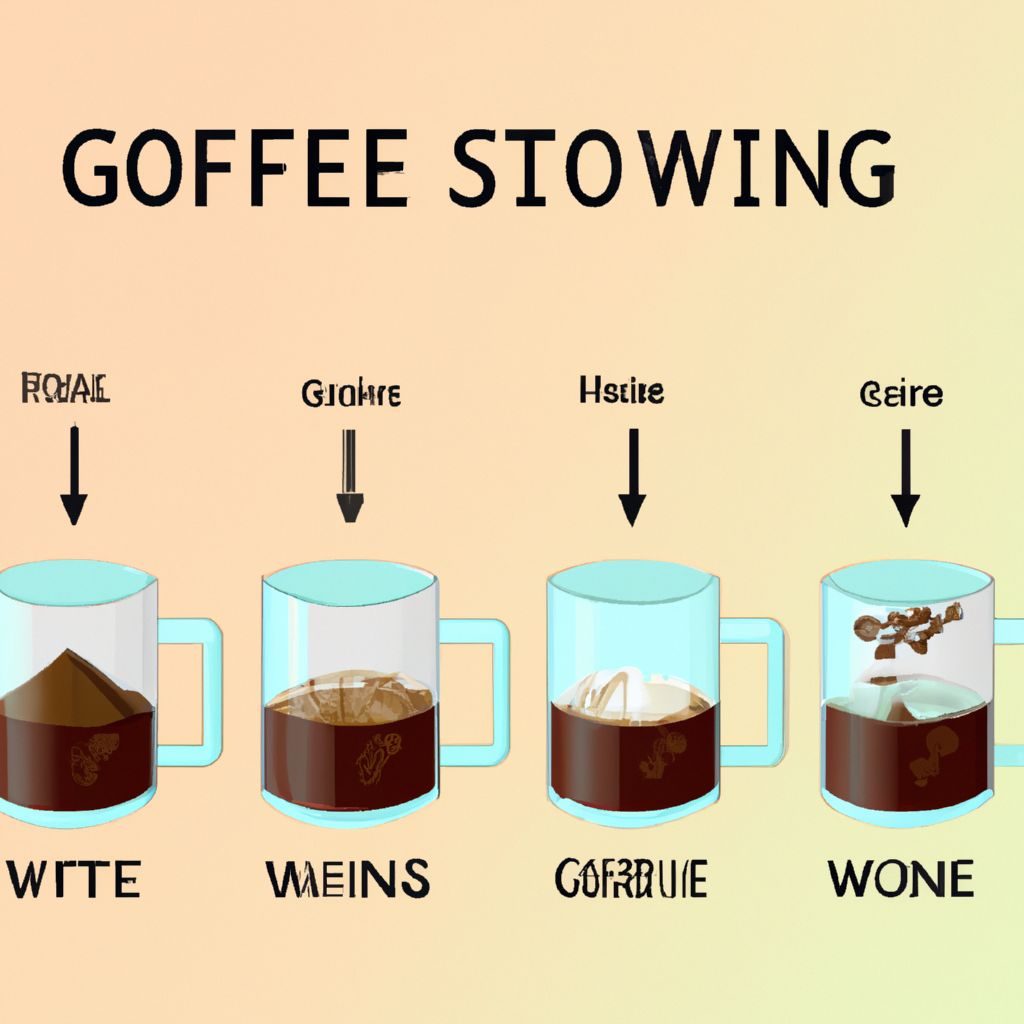
Understanding the intricacies of coffee brewing is an essential part of mastering the art of making a perfect cup of coffee. The brewing process is not just about mixing coffee grounds with hot water. It's a delicate balance of several factors that can greatly influence the taste of your coffee.
The four main factors that can influence coffee taste include:
- Water Temperature: The ideal brewing temperature for coffee is between 195 to 205 degrees Fahrenheit. Too hot, and your coffee can become over-extracted and bitter. Too cold, and it may be under-extracted and weak.
- Brewing Time: The optimum brewing time depends on the brewing method. For instance, a French press should be brewed for 4 to 5 minutes, while an espresso shot takes only about 20 to 30 seconds.
- Grind Size: The size of your coffee grounds can affect the extraction process. A finer grind will result in a stronger flavor and vice versa.
- Coffee-to-Water Ratio: This is crucial to achieving the right strength of your coffee. The general guideline is 1 to 2 tablespoons of coffee for every six ounces of water.
"Brewing coffee is as much of an art as it is a science. It requires patience, practice, and a lot of experimentation."
By understanding how each of these factors comes into play in the brewing process, you can fine-tune your brewing technique to create a coffee that suits your personal taste preference perfectly.
Exploring Different Coffee Brewing Methods
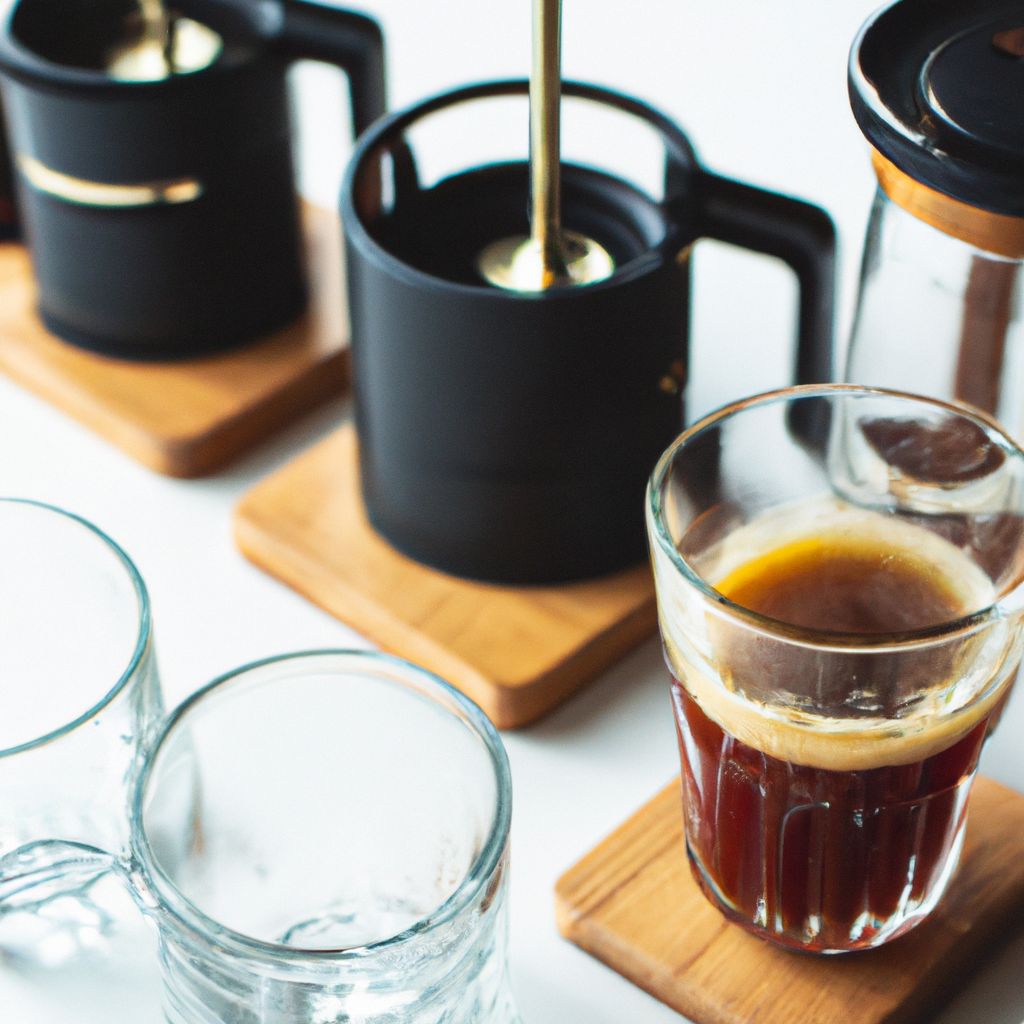
There are several brewing methods, each producing a distinct flavor and texture of coffee. Mastering these methods requires an understanding of their unique processes and the skills they demand.
- Pour-Over:
- This method involves pouring hot water over coffee grounds placed in a filter. The water then drips down into a cup or a carafe. The pour-over method provides great control over the brewing process and typically results in a clean and vibrant coffee flavor. It requires precision in water temperature and pouring technique.
- French Press:
- Also known as a plunger pot, this method involves steeping coffee grounds in hot water within a beaker. After a few minutes, the plunger is used to separate the grounds, leaving a strong and full-bodied cup of coffee. The French Press demands a coarse grind size and careful timing.
- Espresso:
- This is a method where a small amount of near-boiling water is forced under pressure through finely-ground coffee beans. Espresso is known for its richness, intensity, and has a thicker consistency compared to other methods. It requires an espresso machine and a fine grind size.
- Cold Brew:
- As the name suggests, this method involves steeping coffee grounds in cold water for an extended period, usually 12 to 24 hours. The result is a smooth and sweet brew, which is less acidic than hot-brewed coffee. It requires patience and a coarse grind size.
- Aeropress:
- This is a relatively new brewing method that involves pushing water under pressure through coffee grounds. It results in a clean and flavorful cup of coffee and requires an Aeropress machine, a fine to medium grind size, and careful control of water temperature.
Each of these methods offers a different taste profile, and the best brewing method for you depends on your personal preference. Experimenting with these different methods can be a fun and rewarding way to enhance your coffee brewing skills.
Guide to Choosing the Right Coffee Beans
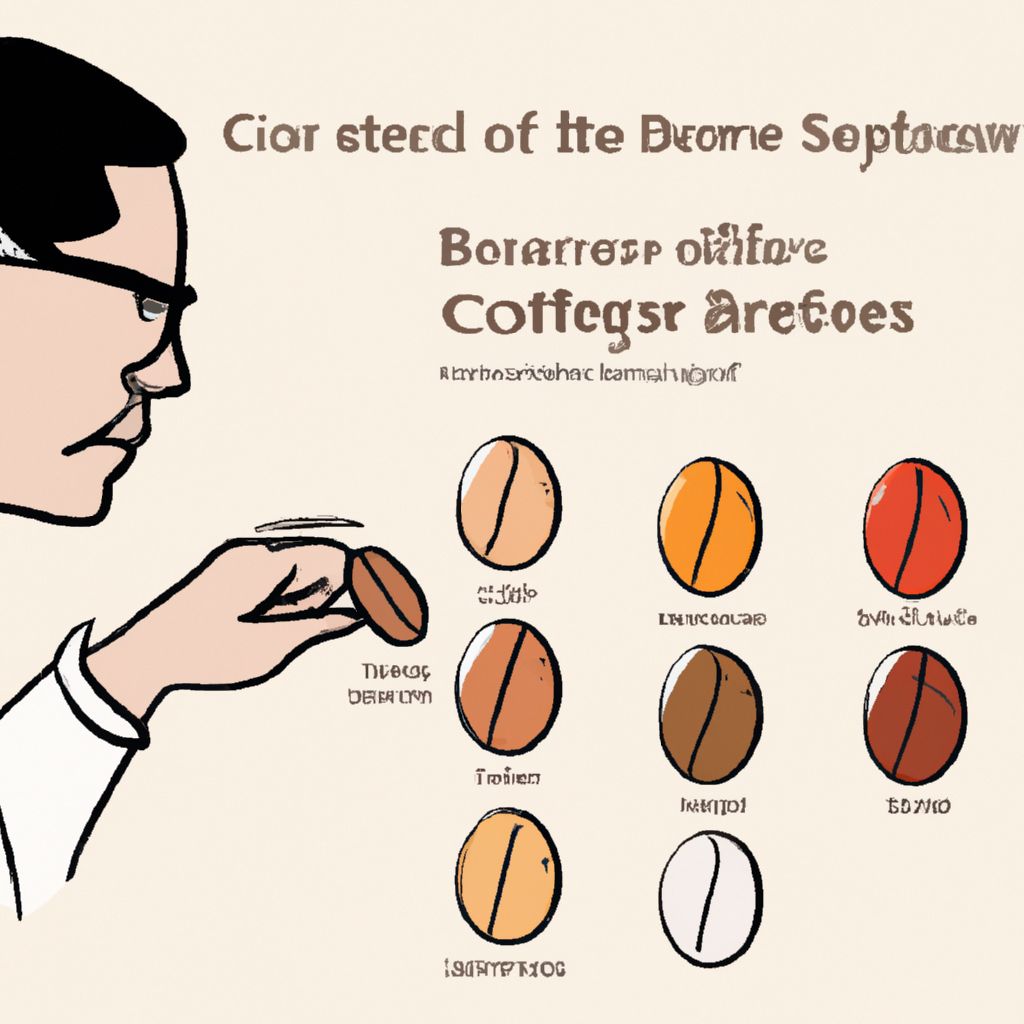
The choice of coffee beans is a crucial factor in determining the final flavor profile of your brew. The origin, type, and roast of the beans all play a significant role.
Arabica vs. Robusta: These are the two main species of coffee beans. Arabica beans are generally smoother and sweeter, with a wide range of flavors depending on their origin. They tend to have a higher acidity and are often described as having fruity, sugar, or berry-like flavors. On the other hand, Robusta beans have a stronger, more bitter taste and are often described as having a nutty, chocolatey, or earthy flavor.
Single-Origin vs. Blends: Single-origin beans come from one specific location and offer a unique flavor profile that reflects the growing conditions of that area. They can provide a more distinct, nuanced flavor. Blends, on the other hand, are a mix of beans from different locations. They aim to combine the best qualities of each bean to create a balanced and complex flavor.
Roast Level: This refers to how long the beans have been roasted. Light roasts are more acidic and retain more of the original coffee flavor, medium roasts offer a balance of acidity and roasted flavor, and dark roasts are less acidic and have a stronger, richer flavor due to the roasting process.
"Choosing the right coffee beans is like choosing the right wine. It's a personal journey of discovery."
When choosing coffee beans, it's important to consider your personal preferences and the brewing method you'll be using. Some beans and roasts may work better with certain brewing methods. Don't be afraid to experiment with different beans and roasts to discover what you like best.
The Science of Coffee Grinding
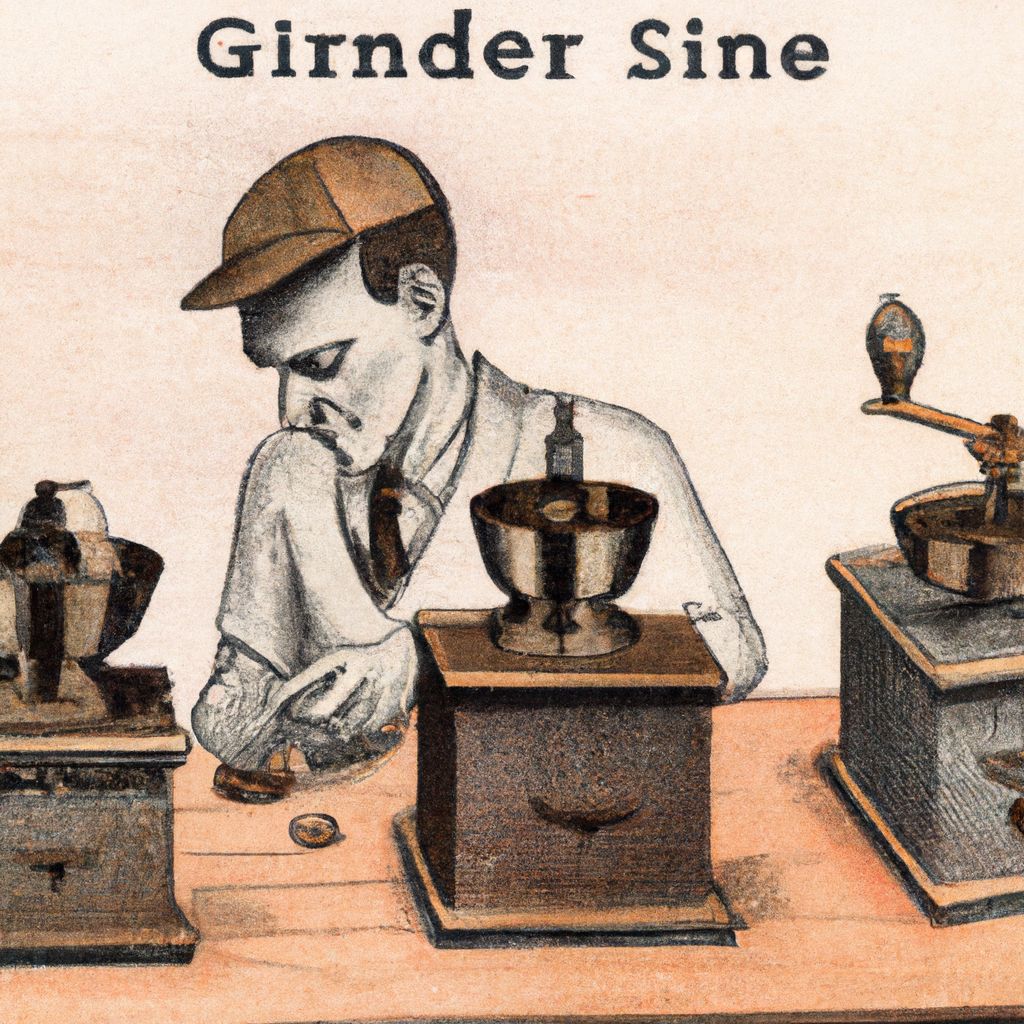
The grind of your coffee beans plays a crucial role in the taste of your final brew. The grind size determines the amount of surface area exposed to water, which directly influences the extraction process.
Burr Grinders vs. Blade Grinders: Burr grinders use two burrs that grind a few beans at a time to a consistent size, which is crucial for achieving an even extraction. Blade grinders, on the other hand, use a single blade that chops the beans in a less consistent manner, leading to uneven extraction and thus, an inconsistent taste.
Finding the Perfect Grind Size: The ideal grind size depends on your brewing method. As a general rule, the longer the water and coffee are in contact, the coarser the grind should be. So for methods like the French press, which have a long brewing time, a coarse grind is ideal. For espresso, which has a very short brewing time, a fine grind is needed.
| Brewing Method | Recommended Grind Size |
|---|---|
| French Press | Coarse |
| Pour-Over | Medium-Coarse to Medium |
| Aeropress | Medium to Fine |
| Espresso | Fine |
| Cold Brew | Extra Coarse |
Understanding the science behind coffee grinding and finding the right grind size can significantly enhance your coffee brewing skills. It allows you to extract the perfect balance of flavors from your coffee beans.
Water Quality and Temperature in Coffee Brewing
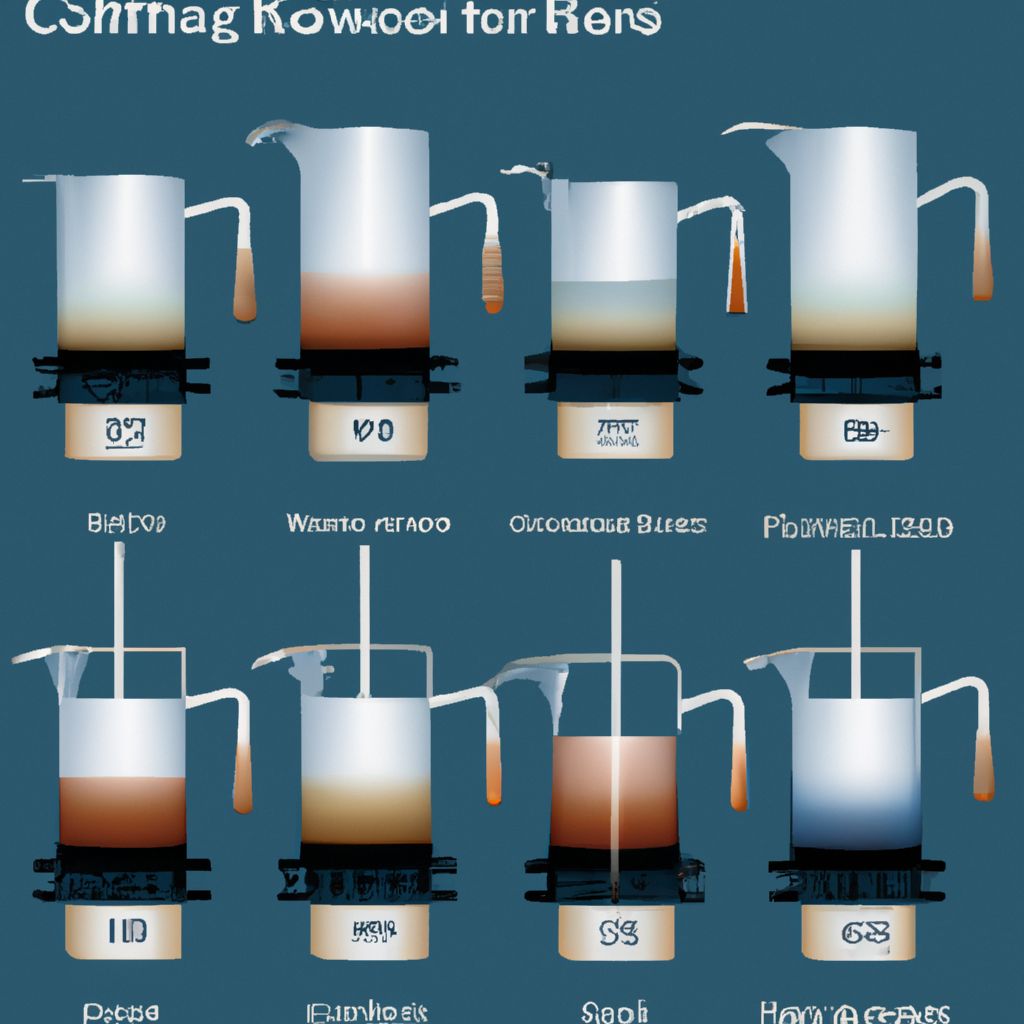
Water plays a significant role in coffee brewing, making up about 98% of your cup of coffee. Both the quality and temperature of the water can have a profound impact on the taste of your brew.
Water Quality: Water that is heavily treated with chemicals or has a high mineral content can influence the taste of your coffee. It's recommended to use filtered or bottled water with a neutral pH level for brewing. This ensures that the water doesn't interfere with the extraction of flavors from the coffee grounds.
Water Temperature: The temperature of the water used for brewing affects the extraction process. Too hot, and you risk over-extraction, which can lead to a bitter taste. Too cold, and the water may not extract enough flavor from the beans, resulting in a weak and underdeveloped brew.
The Specialty Coffee Association recommends a water temperature of between 195 to 205 degrees Fahrenheit for optimal extraction. However, the optimal temperature can vary depending on the brewing method and the type of beans used.
| Brewing Method | Recommended Water Temperature |
|---|---|
| French Press | 195-205°F (90-96°C) |
| Pour-Over | 200-205°F (93-96°C) |
| Aeropress | 175-185°F (80-85°C) |
| Espresso | 190-195°F (88-90°C) |
| Cold Brew | Room temperature |
By understanding the role of water in coffee brewing, you can ensure that you are using the right quality and temperature of water to extract the best flavors from your coffee beans.
Mastering the Perfect Brew: Tips and Techniques
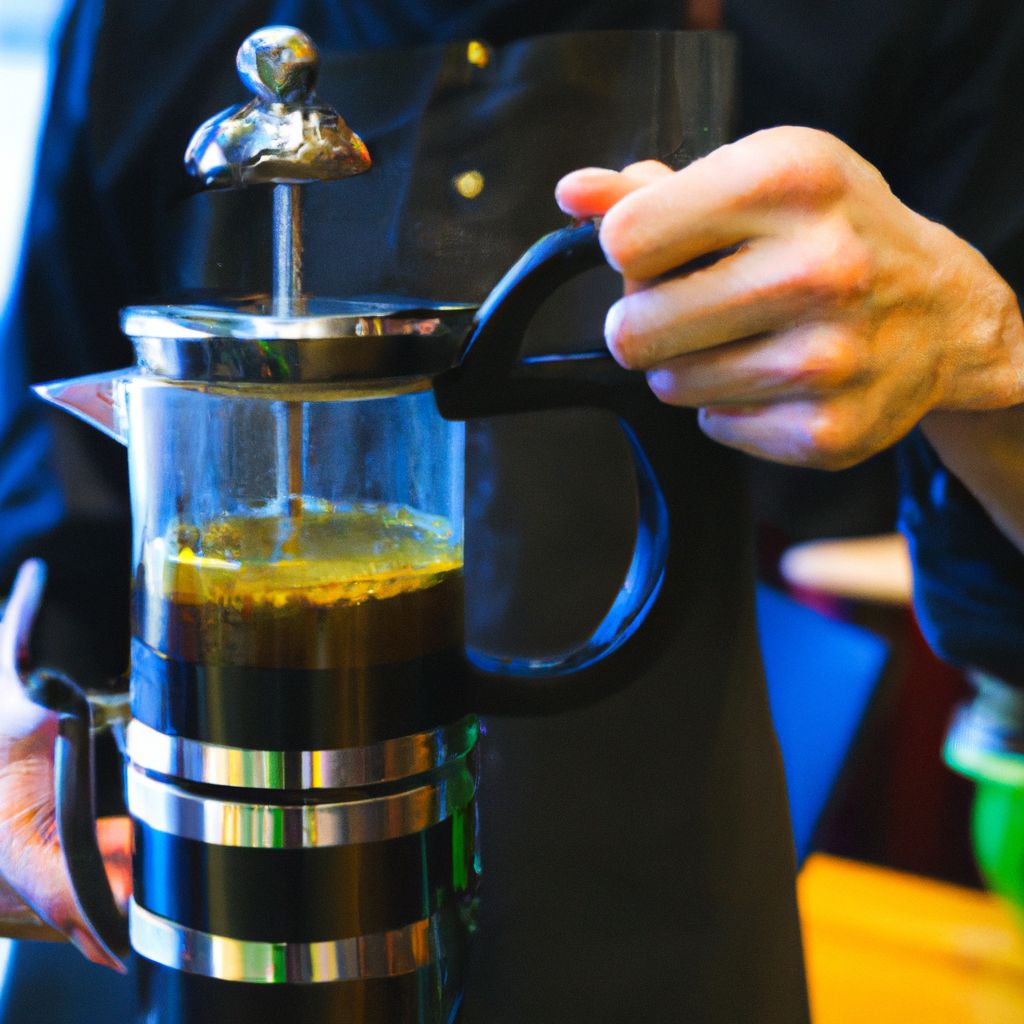
Mastering the art of coffee brewing involves understanding and adjusting various brewing variables to achieve the desired taste. Here are some practical tips and techniques:
- Experiment with Brewing Variables: Don't be afraid to tweak the coffee-to-water ratio, grind size, brewing time, and water temperature. Small adjustments can significantly change the flavor profile of your brew.
- Use Freshly Roasted Beans: Coffee beans are at their best within two weeks of being roasted. Using fresh beans ensures you get the fullest flavor.
- Grind Just Before Brewing: Coffee grounds start to lose flavor as soon as they're exposed to air. Grinding your beans just before brewing will help to preserve their flavor.
- Maintain Your Equipment: Regularly clean your coffee brewing equipment to remove any build-up of coffee oils and residue that can taint the flavor of your brew.
Even with the best techniques, you may sometimes encounter problems with your brew. Here are some troubleshooting tips:
- Bitter Coffee: This could be due to over-extraction. Try using a coarser grind or reducing the brewing time.
- Weak Coffee: This could be due to under-extraction. Try using a finer grind or increasing the brewing time.
- Sour Coffee: This could be due to the water temperature being too low. Try increasing the water temperature.
Remember, mastering the art of coffee brewing takes time and practice. Don't be discouraged if you don't get the perfect brew right away. Keep experimenting and adjusting your brewing variables, and you'll soon find your ideal brew.
The Role of a Barista in Coffee Brewing
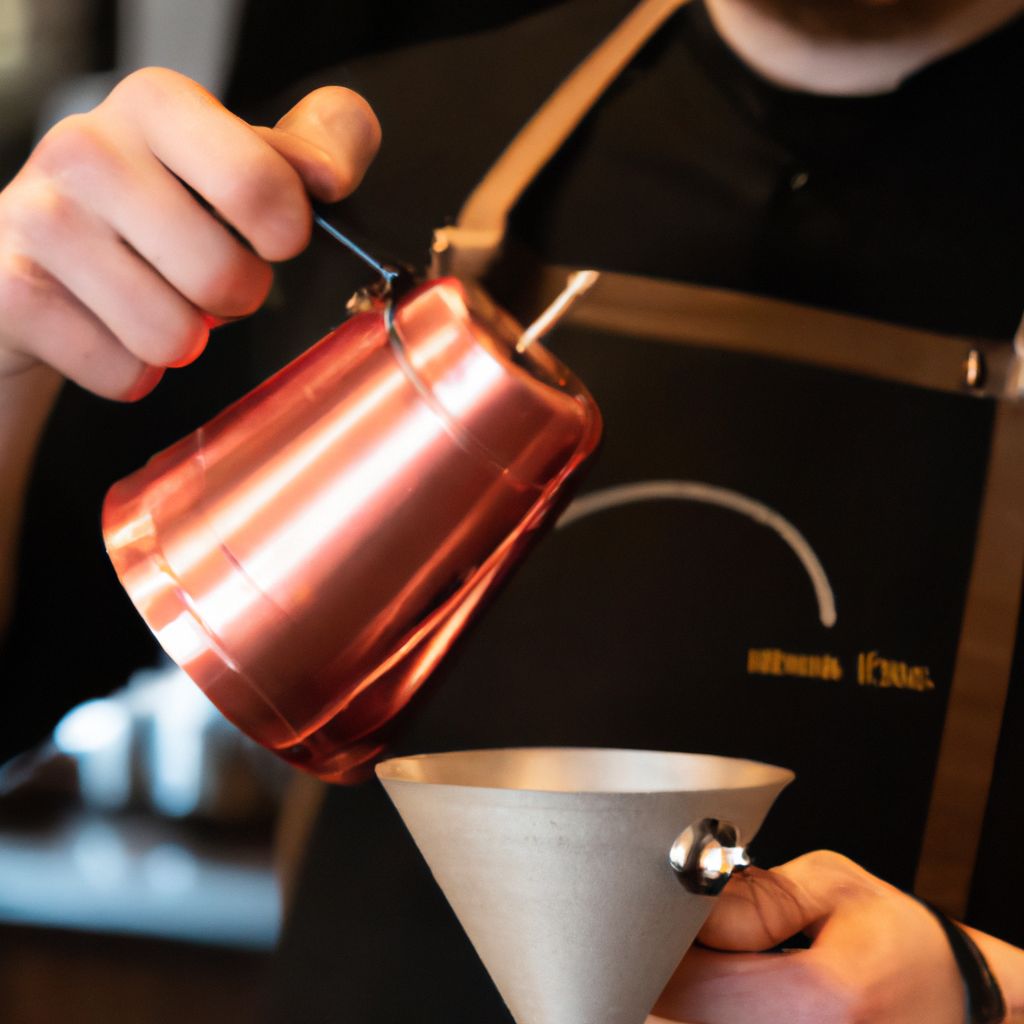
A barista plays a critical role in the coffee brewing process, acting as the final gatekeeper between the coffee bean and the customer's cup. Their skills and knowledge can significantly influence the quality of the coffee served.
Skills and Knowledge: A skilled barista must have a deep understanding of different coffee beans, roasting levels, grind sizes, and brewing techniques. They must also understand how to adjust brewing variables to achieve the desired taste. Important skills include precision in measuring coffee and water, controlling the brewing time and temperature, and the ability to grind coffee to the right consistency.
Aside from technical skills, a barista also needs good sensory skills to evaluate the taste of coffee and adjust their techniques as needed. They also need excellent customer service skills as they often interact directly with customers, explaining different coffee types and brewing methods.
Continuous Learning and Practice: Coffee brewing is a craft that requires continuous learning and practice. New brewing techniques, coffee varieties, and equipment are constantly emerging, and a good barista must stay up-to-date with these developments. Regular tasting, experimenting with different brewing variables, and practice are essential to improve and maintain their brewing skills.
"Being a barista is not just about making coffee. It's about understanding the coffee from the bean to the cup and continuously striving to perfect that process."
Whether you're a professional barista or a home coffee enthusiast, mastering the art of coffee brewing is a rewarding journey. With dedication, passion, and continuous learning, you can refine your skills and brew exceptional coffee every time.
Conclusion: The Journey to Mastering Coffee Brewing
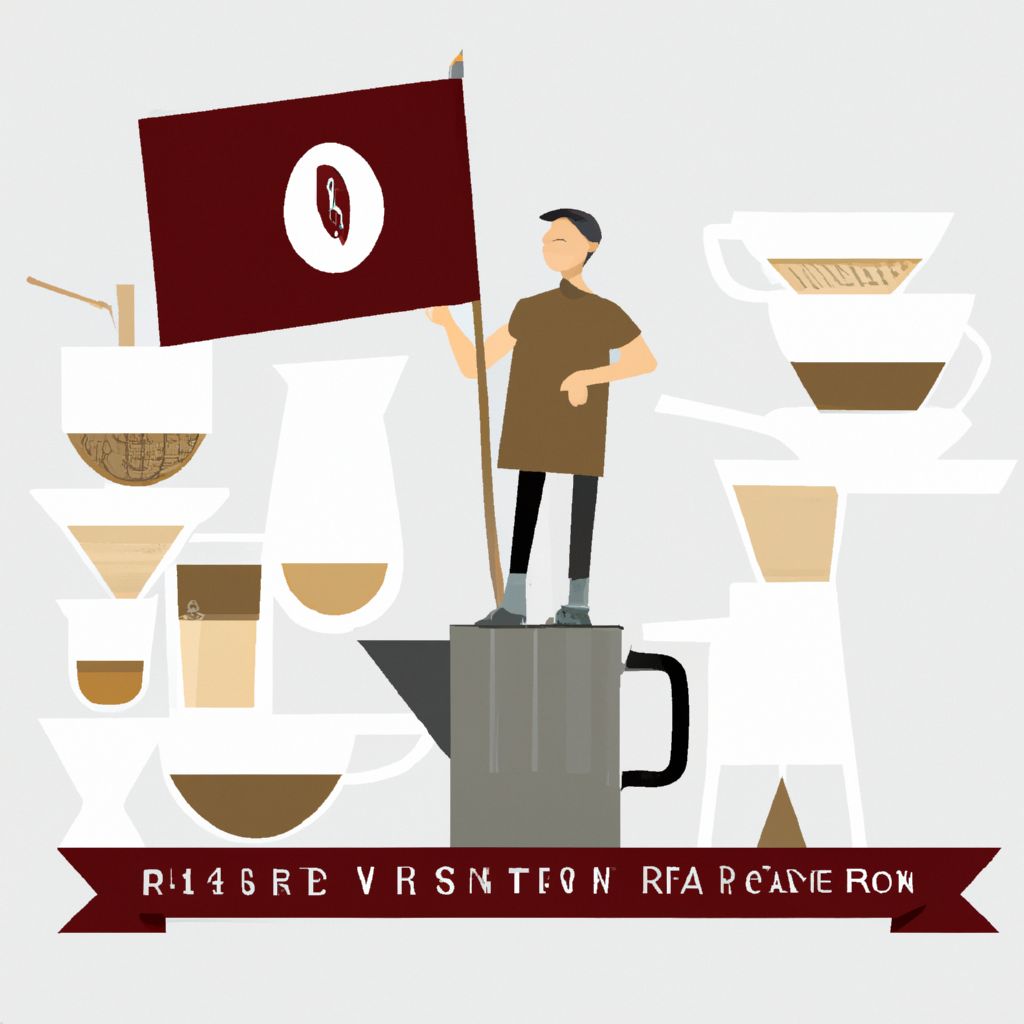
Mastering the art of coffee brewing is a journey of discovery, experimentation, and continuous learning. It's about understanding the science behind each step of the brewing process and how each variable can affect the final brew.
From selecting the right beans and grinding them to the perfect consistency, to controlling the water temperature and brewing time, each step offers an opportunity to influence the taste of your coffee. It's this intricate balance of factors that makes coffee brewing an art form.
Don't be afraid to experiment with different brewing methods, coffee beans, and brewing variables. Each change can reveal a new flavor profile, leading you closer to your perfect brew. Remember, the journey to mastering coffee brewing isn't about reaching a destination, but about enjoying the process and savoring the delicious results along the way.


